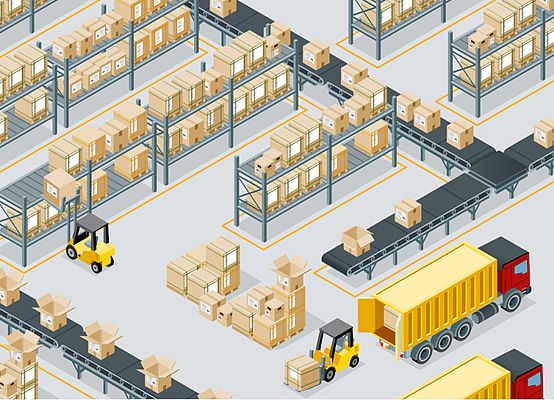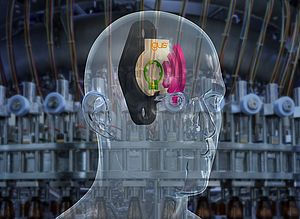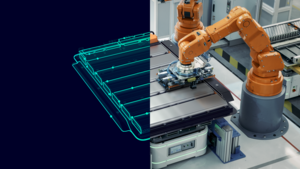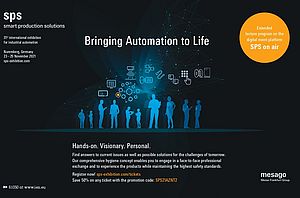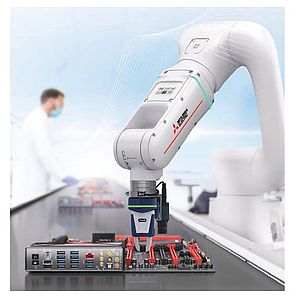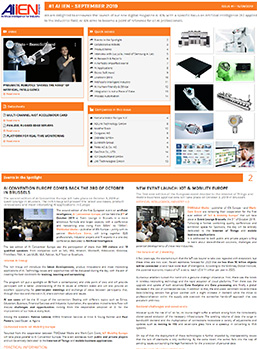With the digital revolution, every part of the production process is subject to change, from the shop floor to the management office. This has also impacted warehouses and order administration. Today, in many cases orders are automatically managed and sent to warehouses, but 99% of the times pallets are moved by humans. Why such a routine, monotonous and dangerous task hasn’t been automated yet? Why do we still accept driven-focused people in our warehouses?
It’s interesting to notice that in the world there are nearly 200 billion dollars of pallet movements, of which less than 1% is performed by a robot. We have something like 7 million people who move pallets in our warehouses every day. Is this good news? Not really, as driving manual forklifts is a dangerous operation that generates tens of thousands serious injuries – and sometimes even death – on a global scale.
Using robotic forklifts in warehouses
This is one of the reasons why robotic forklifts should be adopted in warehouses but changing processes and, above all, employers – and employees – culture is a long process. Even though robots are part of our lives and perfectly integrated into our society, we still prefer to replicate traditional schemes not to risk to change for the better, being scared to change for the worse.
The second important obstacle to the adoption of robotic technology on a large scale is the high expectations in terms of the quality and efficiency of the job – when it is performed by a robot. Errors are not tolerated for robots as much as they are for humans. Technology needs to reach a zero-risk and zero-error threshold to be acceptable and adoptable. That’s why the idea of self-driven vehicles in warehouses is still considered a bit hazardous. But things are slowly changing.
Ideal smart handling technology
Which ideal features should a self-driven forklift have? What are the main challenging manufacturers need to meet to improve this technology and make it adoptable?
Smart material handling technology must meet customers’ different needs of load movement in terms of self-location and navigation within the space. Customers look for reliable forklifts able to move safely from point A to point B, while detecting a wide variety of obstacles on their way.
Reproducing human vision is the hardest part, as the connection between our eyes and our brain – which elaborate together the information coming from the space around within a bunch of seconds, is incredibly unique. But thanks to supervision cameras and sensors, acting as the ‘’eyes’’ of the robot, obstacles can be easily and accurately detected.
The next frontier will probably consist of the engineering of remotely controlled robots with deep learning features to immediately perceive and elaborate the surrounding reality in an autonomous way. In any case, to make it possible, the point of view from which humans look at robots needs to be overturned.
We don’t want to see robots just a replacement of humans, a bad copy of the original: We want to see robots as the only technology that can effectively automate machines and processes, with very limited human intervention. This would mean: Increased safety, increased efficiency and increased productivity. Orders will be delivered on time and employees’ burnout will drop. And we know that happiness is the secret of success.
Are we going too far?
Sara Ibrahim


